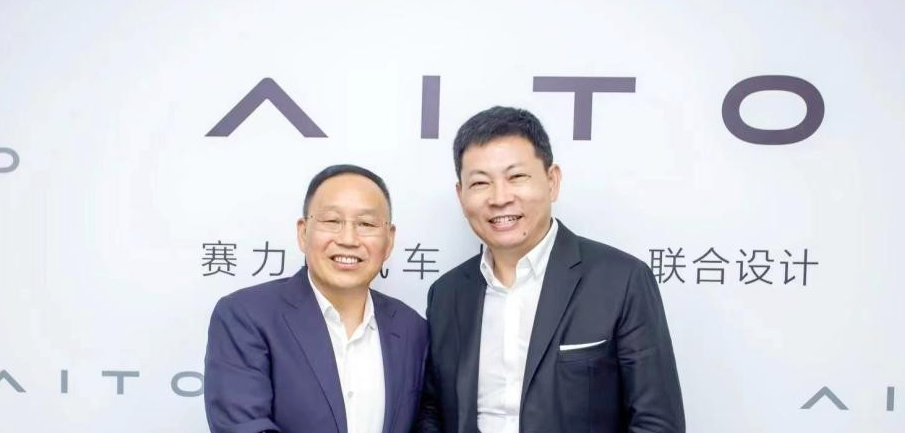After the release of AITO AITO M7, the number of orders exceeded ten thousand within two hours. I was surprised by this, and it was the second time that Huawei and Xiaokang have had such an impact on me after M5, which reflects the recognition and popularity of this car in the consumer market.
Just as I was outlining the user group for M7, I suddenly realized that AITO’s M5 and M7 not only benefited from cooperating with Huawei stores, but also worked hard to promote sales. However, AITO did not cooperate with Huawei as deeply as it did with Chang’an and BAIC in terms of product cooperation.
Why does Huawei favor Xiaokang so much? Or, what principles or logic are Huawei’s cooperation with auto companies based on? To answer these questions, we need to take stock of the history and functions of Huawei’s Car BU, as well as several cooperation models between Huawei and auto companies.
Functions and Architecture of Car BU
In June 2019, Ren Zhengfei signed a document formally establishing the Car BU, which has now been around for three years. The organizational structure has been continuously adjusted, causing Huawei to lose many talents.
To the point, Car BU (Business Unit) and Consumer BG (Business Group) are actually consistent in terms of hierarchical division. Later, Consumer BG was renamed Huawei Terminal BG, and both belonged to the consumer business sector. The big boss of this business sector is Hua Ping (Richard Yu), who serves as the current Executive Director of Huawei, CEO of Terminal BG, CEO of Car BU, and Director of Intelligent Terminal and Intelligent Automotive Components IRB.
You may also often hear about Wang Jun, who is now the COO of Huawei Car BU and President of the Intelligent Driving Solutions Product Line. He was previously the president of Car BU and quickly built a complete personnel system for Car BU. He also led the development of standout product lines, such as the HI brand that we will mention later.
After undergoing multiple adjustments, Huawei Car BU currently has 15 second-level departments, including the Intelligent Driving Product Department, MDC Product Department, Intelligent Vehicle Control Product Department, Intelligent Vehicle Cloud Product Department, Intelligent Driving Product Department, Intelligent Cockpit Product Department, and Intelligent Automotive Solution Department, among others.When it comes to the automotive business, Huawei not only has its car BU department, but also other business units expanding into the automotive industry. One of the more famous examples is the car-mounted optical product line from Huawei Optics under the ICT product and solution division, which includes their AR-HUD, first integrated in the FEIFAN R7, which will be mentioned later.
Supplier Model
Huawei’s rotating chairman, Guo Ping, stated in 2021 that “we aim to become a component supplier that helps automakers build and sell more cars.” At the Huawei Analyst Summit 2021, current rotating chairman Xu Zhijun also stated that Huawei is not producing cars but is a component supplier for the automobile industry.
Let us take a look at what Huawei provides from a traditional supplier perspective.
HMS
Huawei’s software layout began very early and has been extensive. In 2019, the new Baojun RC-6 included Huawei’s HiCar feature, which can be understood as Huawei’s version of CarPlay, with similar functions. It enables the vehicle to map and install apps through HiCar.
This does not involve hardware additions or reductions, but rather software authorization. Many vehicles now come with this feature, with the new Baojun RC-6 being the first model to have it. It has now been extended to over 150 models, including popular models such as Toyota, BYD, GAC, and Volvo.
This is based on Huawei’s HMS (Huawei Mobile Services) and is part of the 1+8+N business expansion. Basically, it is a system for Huawei accounts. Other manufacturers such as Xiaomi, Oppo and Vivo also have their own account systems. The system includes Huawei accounts, in-app payment, Huawei’s push service, Huawei Cloud Drive, Huawei’s advertising service, message service, payment download service, quick applications and other services.
Supplier Model
In addition to software, Huawei’s hardware output is also very diverse.
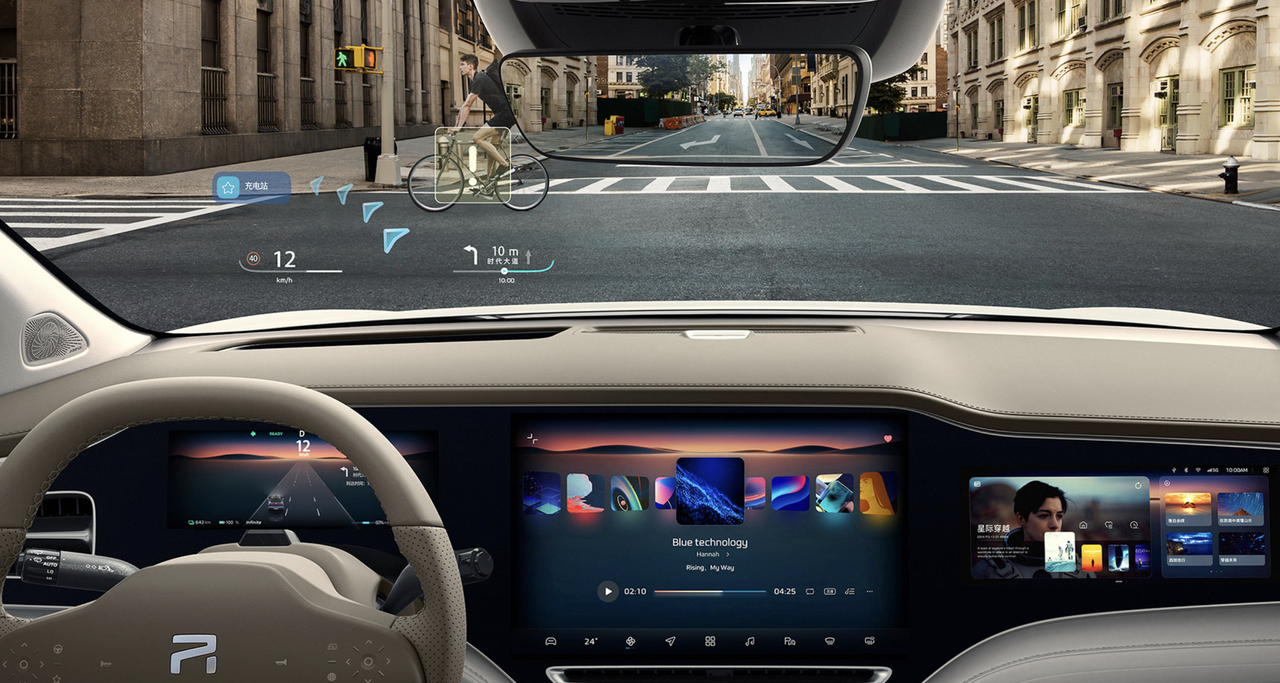
In May 2020, SAIC’s Maxus Euniq 5/6 was launched, which had Huawei’s electronic control unit and car-mounted charging device installed. More recently, SAIC’s FEIFAN R7 leads Avita and Aito with its integration of AR-HUD. The NETA S, which has garnered a lot of attention recently, also uses Huawei’s MDC auxiliary driving computing platform.
On May 22, Li Yunfei, general manager of BYD’s brand and public relations division, posted a Weibo stating that BYD would release a new high-end brand in the third quarter with the first SUV model priced at 800,000 -1.5 million RMB. There are rumors that this high-end brand will also use Huawei’s MDC platform.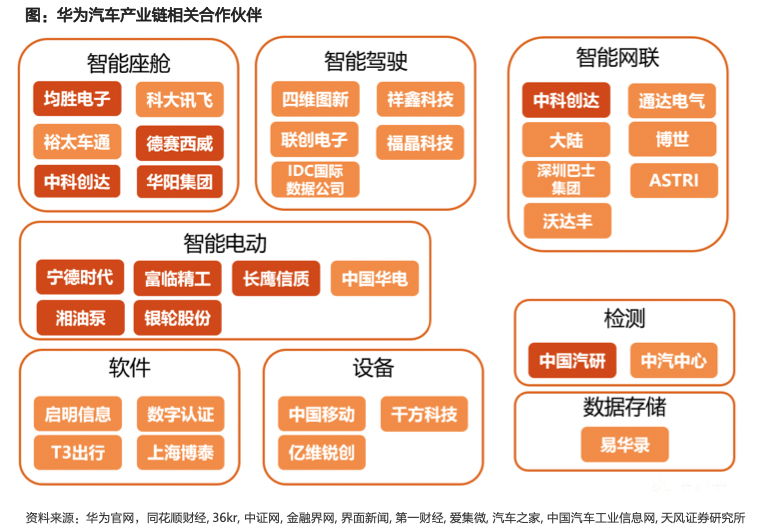
In fact, Huawei can empower car products with far more than these, including power electronics, audio, gateways and more, which can be separated and provided to car companies. Even Huawei’s partners can be linked to provide various custom services.
Summary
In this mode, we can directly understand Huawei as a traditional supplier that outputs and provides single or multiple products. The binding between car companies and Huawei is not deep.
Huawei Inside
On October 30, 2020, Huawei released its intelligent automotive solution brand HI, which stands for Huawei Intelligent Automotive Solution. According to Wang Jun, COO of Huawei’s Intelligent Automotive Solutions BU and President of the Intelligent Driving Solution Product Line, the HI full-stack intelligent automotive solution includes:
-
a new computing and communication architecture and five intelligent systems (intelligent driving, intelligent cabin, intelligent electric, intelligent network and intelligent vehicle cloud);
-
The intelligent driving computing platform, intelligent cabin computing platform, and intelligent vehicle control computing platform correspond to three operating systems AOS (intelligent driving operating system), HOS (intelligent cabin operating system), and VOS (intelligent vehicle control operating system).
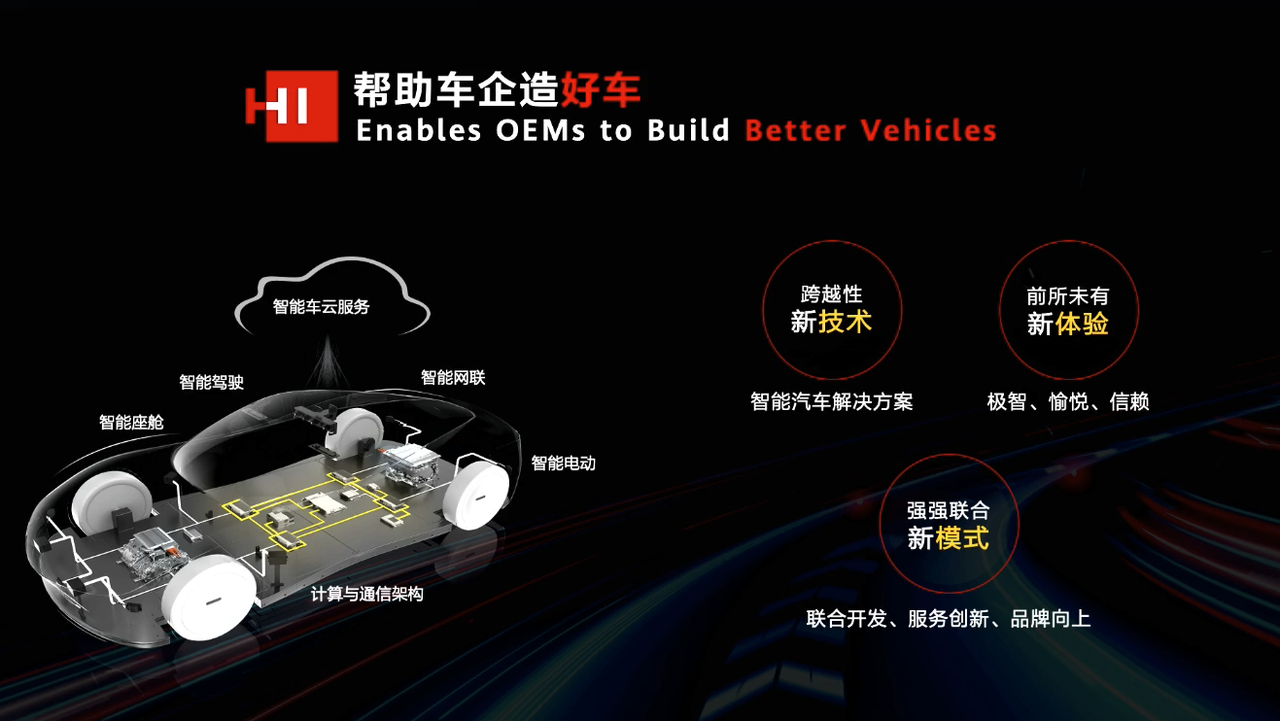
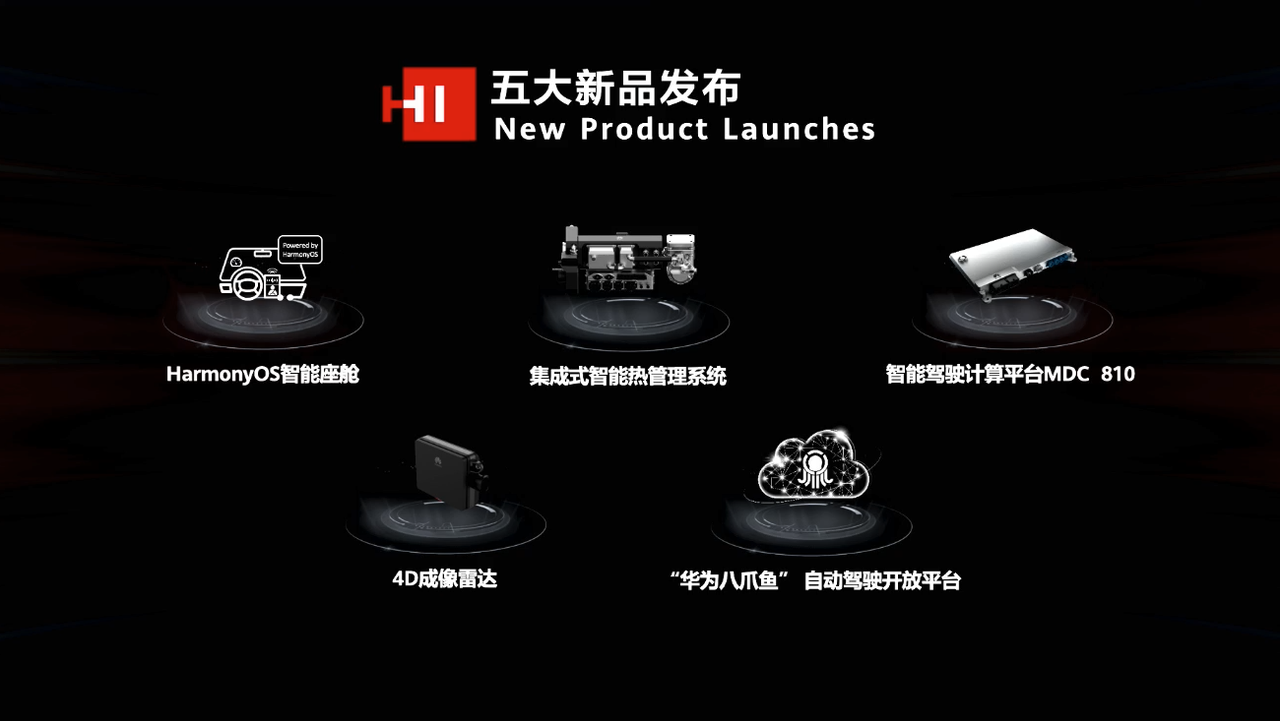
On April 18, 2021, at the HI new product launch event, Huawei released five new products:
-
Harmony Intelligent Cabin Solution corresponding to intelligent cabin;
-
MDC 810 intelligent driving computing platform, high-resolution 4D imaging radar, and “Huawei Octopus” autonomous driving open platform corresponding to intelligent driving module;
-
Huawei TMS thermal management system corresponding to intelligent electric.
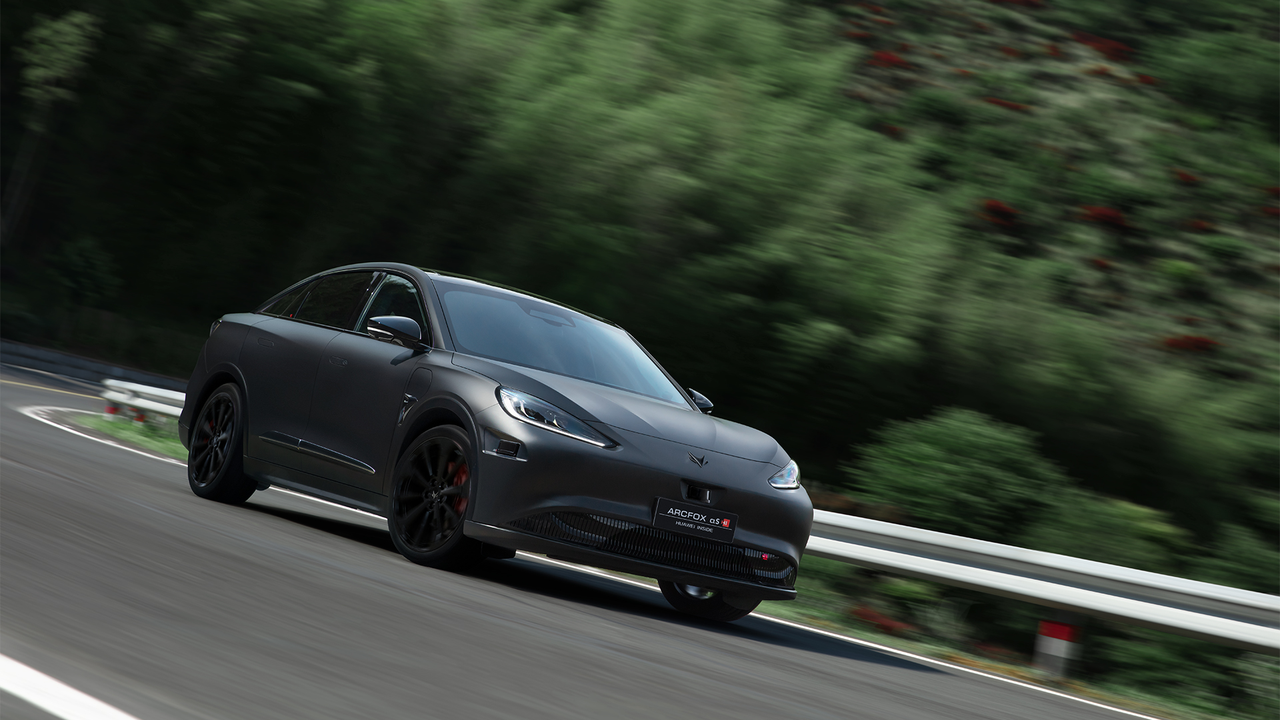
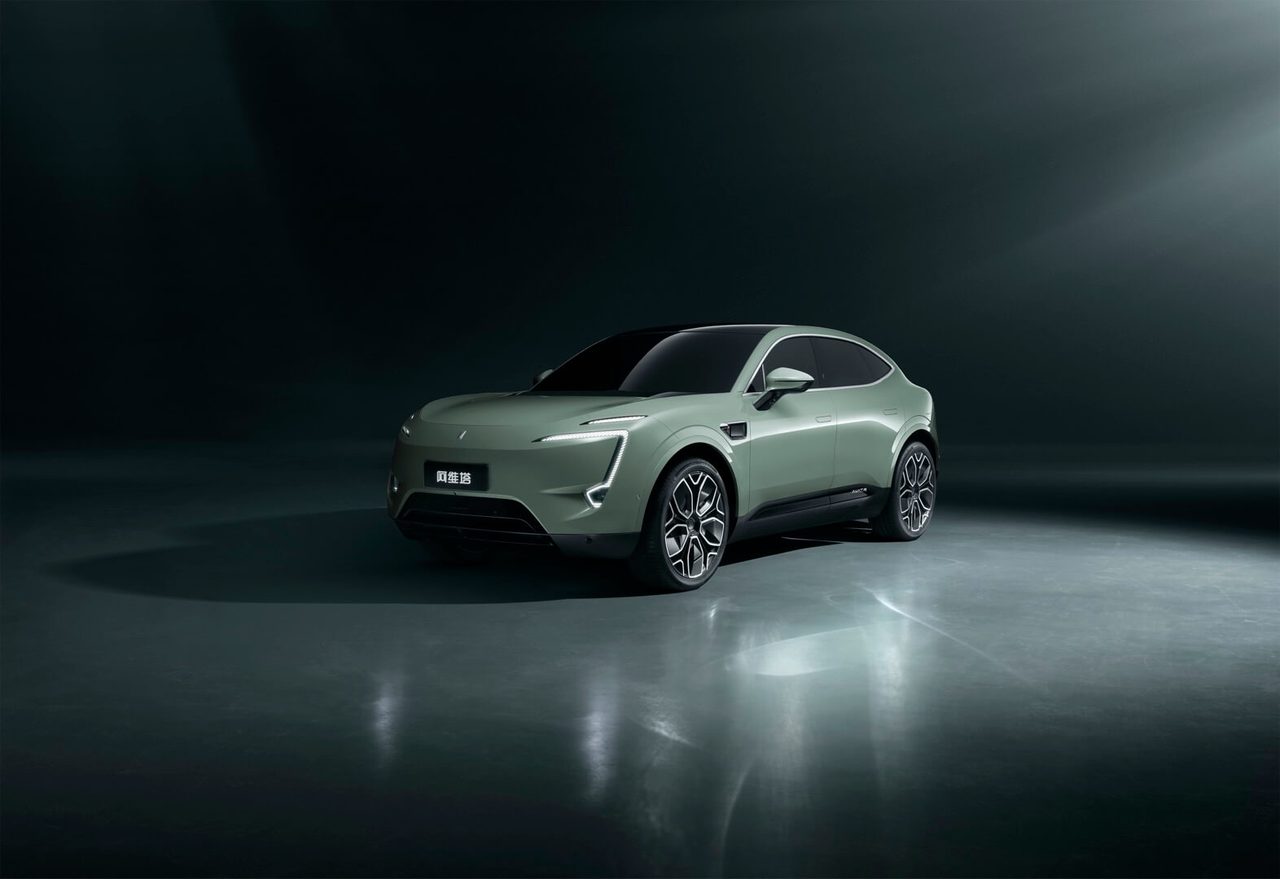 Once the “HI” mark is added, it means that the car is equipped with Huawei’s full-stack intelligent car solution. For example, the Arcfox Alpha S HI and the Wey VV7. Huawei’s rotating chairman Xu Zhijun said that they want to build a brand with three automakers. In addition to the Arcfox mentioned earlier, which is cooperating with BAIC, there is also the Wey brand, which is cooperating with Changan, and the third is a model being developed with GAC, whose information has not yet been revealed but is highly anticipated.
Once the “HI” mark is added, it means that the car is equipped with Huawei’s full-stack intelligent car solution. For example, the Arcfox Alpha S HI and the Wey VV7. Huawei’s rotating chairman Xu Zhijun said that they want to build a brand with three automakers. In addition to the Arcfox mentioned earlier, which is cooperating with BAIC, there is also the Wey brand, which is cooperating with Changan, and the third is a model being developed with GAC, whose information has not yet been revealed but is highly anticipated.
Summary
In the traditional automotive industry, we divide suppliers based on their level to distinguish their volume and importance. In the HI mode, the HI logo means that the product uses Huawei’s full set of intelligent automotive solutions, and has completely surpassed the scope of a Tier 1 business. Therefore, the depth of cooperation is beyond the traditional OEM-Tier 1 cooperation mode, and the product’s “Huawei content” is very high.
Although the cooperation is deep, Huawei still does not participate in the manufacture, sales, and product definition of the entire vehicle. In this cooperation, the automaker takes the lead in defining the product.
AITO Mode/Huawei Select
This leads to the second mode, which I call the “AITO mode”, or an upgraded version of “Huawei Select”. This cooperation mode is only applicable to one automaker, Xiaokang.
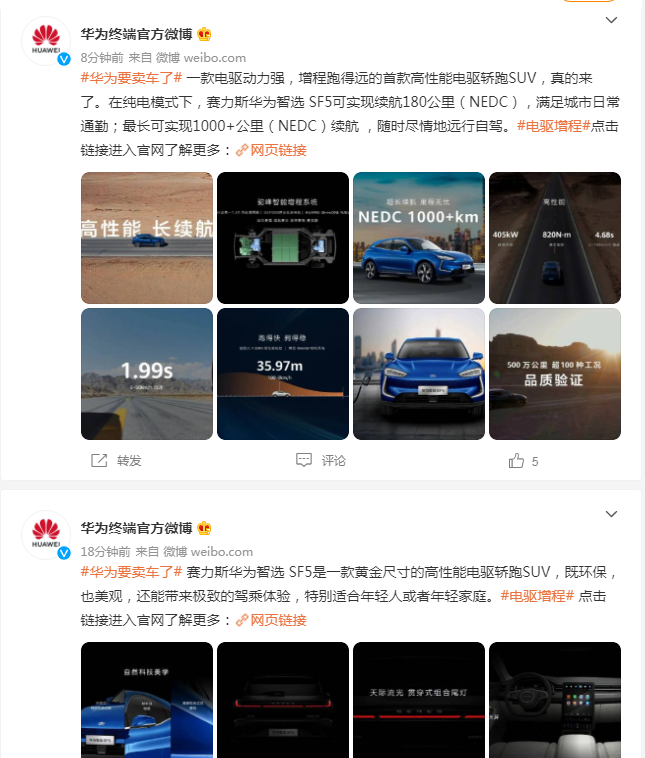
In April 2021, Xiaokang not only officially released the “Seris Huawei Select SF5,” but also announced that “Huawei will sell cars.” At this point, a car with the Huawei Select logo is always parked in the C position of Huawei’s store.
Although this car seems to have a high “Huawei content” from its name, in fact, it only has Huawei’s HiCar and Huawei DriveONE three-in-one electric drive system, as well as the HUAWEI SOUND surround sound system.
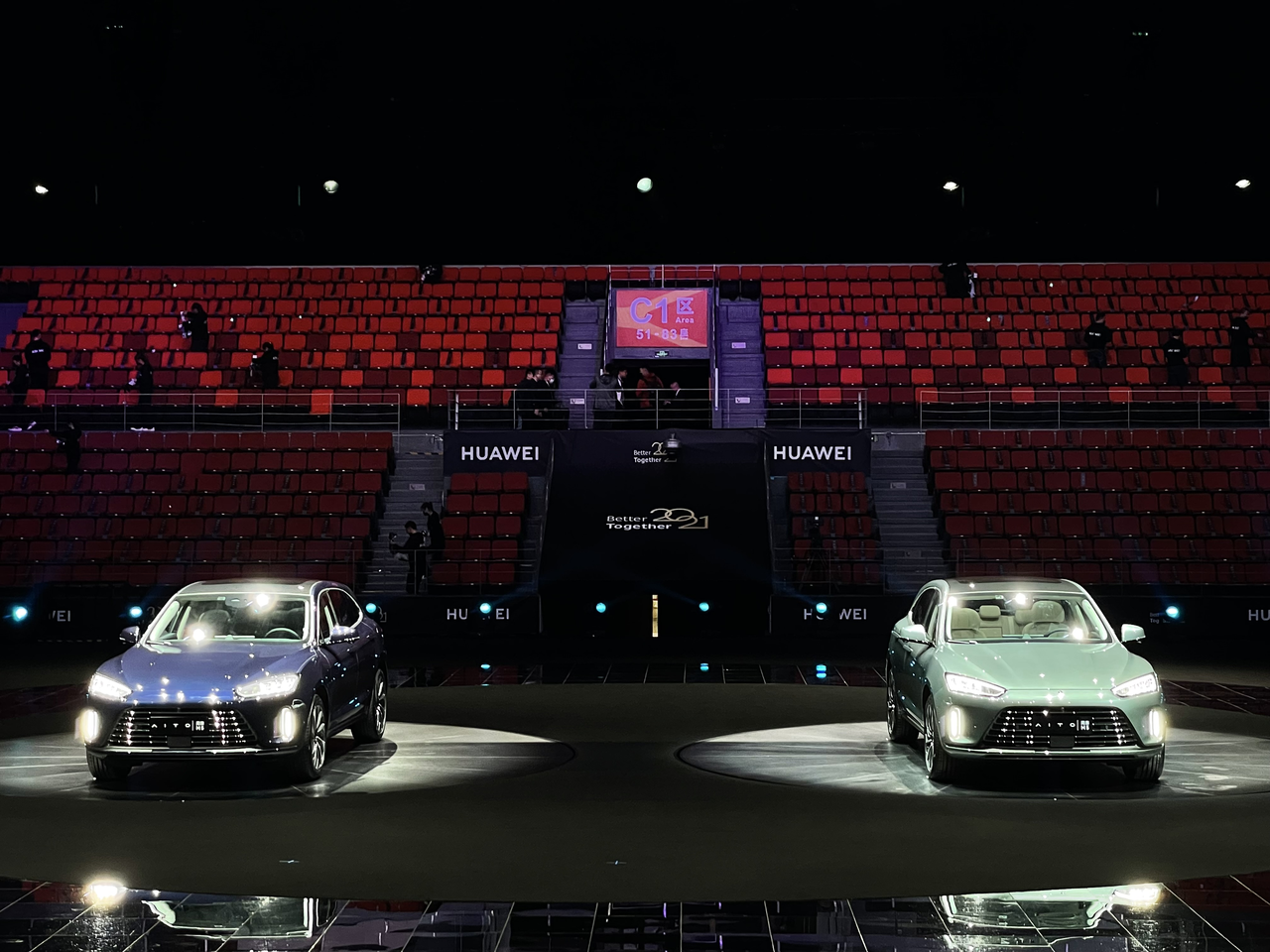
On December 23rd of the same year, Xiaokang brought the AITO AITO M5 at the Huawei Winter Flagship Conference. This is the first product to be equipped with Huawei’s HarmonyOS cockpit. At that time, I also reported on it: Huawei is “getting closer and closer” to making cars.
However, the overall “Huawei content” of the second AITO product, the AITO M7, which was launched on July 4th this year, is still not high. Huawei mainly provided support in exterior design, HarmonyOS cockpit, and electric drive section.
SummaryActually, from a product perspective, although the HI model has higher levels of “Hua” i.e. Huawei’s technology, the product definition is still dominated by the automobile manufacturer. In contrast, the AITO brand chose to “magically modify” an existing platform from Xiao Kang in order to quickly launch products, leading to a shorter development cycle. The problem is that it’s difficult to incorporate their own advanced technology into the vehicle’s underlying architecture, such as the advanced driving assistance abilities heavily promoted by the HI model. Therefore, Huawei can only choose to vigorously create a “Hua flavor” in more easily modifiable areas such as the cabin.
For example, although the Avita 11 and the Alpha S HI of Jixiu, both use Huawei’s Hongmeng Cabin, the final presentation effect is actually quite different from AITO’s. For instance, only AITO’s wake-up word is “Xiaoyi,” which is the name for Huawei’s voice assistant on their smartphones. Furthermore, in terms of screen size, quality, and feature settings, AITO’s Hongmeng Cabin is the “most Huawei.”
Meanwhile, the AITO brand is a newly established brand under the recent joint design of Huawei and Circle Energy. It’s clearly written in the search box that “SAIC and Huawei jointly designed” in order to highlight Huawei’s position.
In Conclusion
Why is Huawei so fond of Xiao Kang? Why is Big Mouth willing to promote?
I think we need to switch our perspective to the “AITO model”. In this cooperation, Huawei is more like an OEM, producing cars that it needs. AITO’s factory and hardware production capabilities are exactly what Huawei needs. At this point, AITO or Xiao Kang is more like a supplier that provides production capacity to Huawei, and Huawei can even reduce the risks of significant investment.
Note that this is somewhat different from the collaboration model between Jianghuai and NIO. Because AITO’s current products still cannot fully reflect Huawei’s will, it’s not appropriate to consider AITO as just an OEM.
Therefore, if we look at the long-term perspective, the products based on AITO’s new platform should carry the HI brand. However, this will take some time. On the one hand, Huawei needs to help Xiao Kang create a really impressive new platform; on the other hand, they need to develop their driver assistance significantly. By doing so, we can see a product that is the most “Huawei” on AITO.
This article is a translation by ChatGPT of a Chinese report from 42HOW. If you have any questions about it, please email bd@42how.com.
